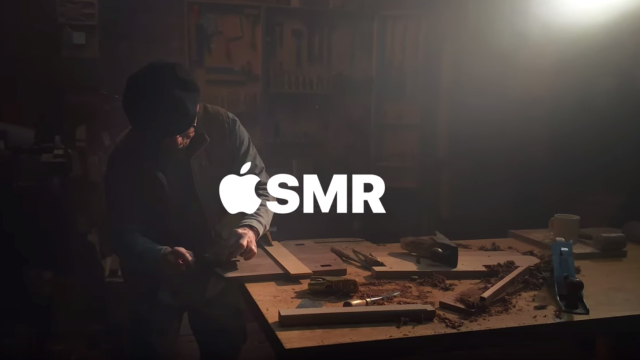An upcoming exhibit at Space Center Houston will feature the core section of the Falcon 9 rocket used in two NASA missions.
Space Center Houston, the museum of NASA’s Johnson Space Center, announced the new exhibit this week, CollectSpace reports. The twice-flown SpaceX rocket core will go on display later this winter.
“The future of space travel is reusable rockets,” proclaims a Space Center Houston press release. “Thanks to the generosity of SpaceX, get an up-close look at that future for yourself.”
The core, or first stage, will be elevated 4.3m off the ground near Independence Plaza, just a short walk away from a display of NASA’s 747 Shuttle Carrier Aircraft with a mock shuttle orbiter mounted on top.
Designed by SpaceX to reduce the cost of launching rockets to space, the reusable core stage uses three of its nine engines to make a vertical touchdown, either on a sea-based drone ship or landing pad.
The core measures 41m tall and 3.6m wide, and weighs 27 tonnes without any fuel (fun fact: It’s 438 tonnes when packed with propellant). Visitors will be able to walk around and underneath the rocket core, designated as unit B1035, and catch a close-up glimpse of its nine Merlin 1D engines. A video of the exhibit shows an X-shaped walkway that mirrors the Elon Musk-led company’s logo.
B1035 is only the second Falcon 9 rocket to go on display, the other being the first recovered Falcon 9 first stage, which is currently standing erect at SpaceX headquarters in Hawthorne, California. SpaceX donated B1035 to NASA, and it’ll be the first rocket built by the private sector to appear at the Space Center, according to a press release.
William Harris, president and CEO of Space Center Houston, said in an interview with CollectSpace that the display is meant to showcase innovation. “What SpaceX has achieved with the reusable and landing rocket segments is really an achievement,” he said. “It has had a big impact on the space industry in terms of costs and efficiencies.”
This Falcon 9 rocket core is the third version (Block 3) produced by SpaceX and is historically notable for several reasons.
The first of its two launches happened on 3 June 2017, as part of the CRS-11 resupply mission to the International Space Station. It carried a SpaceX Dragon capsule, marking the first time that a Dragon was recycled for a mission.
The second launch occurred on 15 December 2017, for the CRS-13 mission. This was the first time that NASA used a pre-flown rocket core for a mission (SpaceX had done it before with its commercial clients).
Finally, the reusable core was the first to land at LZ-1, a landing zone at Cape Canaveral, Florida.
Eventually, Space Center Houston would like to display the rocket an upright position, something that could happen as early as next year. But as Harris told CollectSpace, “that takes a lot of engineering work because space artifacts are not designed for museum exhibits. So a lot of work needs to be done to stabilise it for long-term exhibition.”
The centre will be working closely with SpaceX on the installation, Harris said.
Sure, an upright Falcon 9 sounds like a neat idea, but there’s something to be said for the horizontal orientation, which will for allow close-up inspections of the rocket core from all angles. Either way, this sounds pretty cool — and an added reason to visit NASA next time you’re in Houston.
